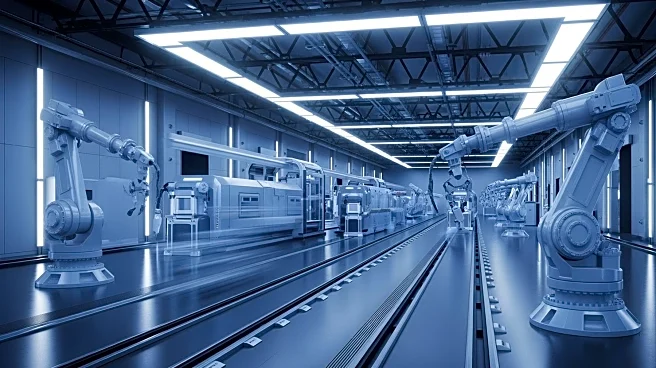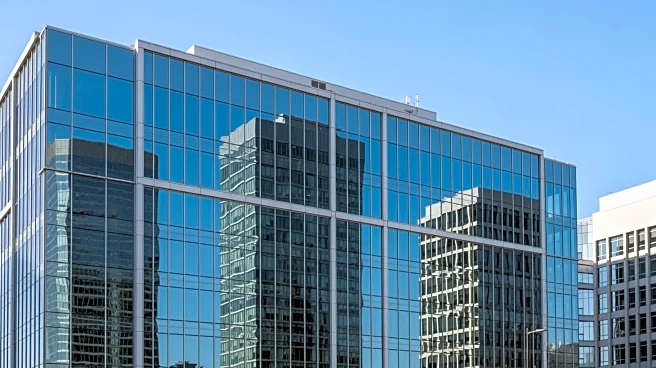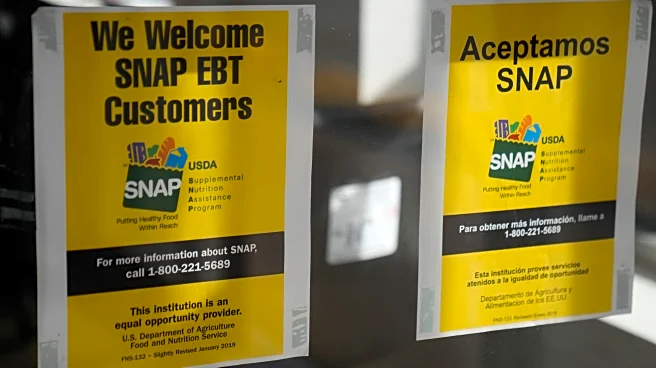What's Happening?
Alstom, a global leader in smart and sustainable mobility, has announced plans to hire nearly 120 new employees at its train manufacturing site in Plattsburgh, New York. This expansion is driven by the
need to produce 374 state-of-the-art commuter rail cars for NJ TRANSIT, one of Alstom's largest North American clients. The company will host a job fair on November 6 at its Plattsburgh facility, inviting skilled workers in assembly, crane operations, welding, and industrial painting to apply. The positions are full-time and come with benefits such as health insurance, 401(k) contributions, and paid time off. Alstom's Plattsburgh plant, which has been operational since 1995, has been instrumental in manufacturing thousands of rail cars for major transit systems across the United States.
Why It's Important?
The expansion of Alstom's workforce in Plattsburgh is significant for both the company and the local economy. By creating 120 new jobs, Alstom is contributing to economic growth in the Adirondack region, providing employment opportunities with competitive pay and benefits. This move also underscores the increasing demand for sustainable transportation solutions, as evidenced by the large order from NJ TRANSIT. For Alstom, this expansion strengthens its position in the North American market and supports its commitment to delivering high-quality rail products. The job creation aligns with broader trends in the transportation industry, where there is a growing emphasis on modernizing infrastructure and enhancing public transit systems.
What's Next?
Alstom's job fair on November 6 will be a critical step in filling the new positions, with managers prepared to make conditional job offers on the spot. As the company ramps up production to meet NJ TRANSIT's order, it will likely continue to seek skilled workers to maintain its production schedule. The success of this hiring initiative could lead to further expansions or additional projects, reinforcing Alstom's role as a key player in the rail manufacturing sector. Additionally, the increased workforce may prompt further investments in training and development, ensuring that employees are equipped to meet the demands of modern rail manufacturing.














